Justin Taylor at Bookforum:
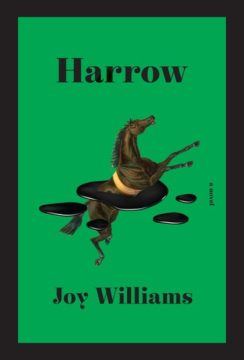 That something can be existent without properly existing, caught halfway between being and nonbeing, or between life and death, is a concept much larger than Williams’s straightforward claims about the eradication of the Everglades. The notion of a foundational in-between-ness, of existence itself as a fleeting or fugacious form, has been central to her work from the very beginning. The writer Vincent Scarpa, who has studied and taught Williams’s work extensively, put it to me this way: “That liminal state between being alive and being dead—that’s Joy’s playground.” He reminded me that nursing homes, “these collectives where it goes unacknowledged or otherwise refused that the living are only playing at living,” feature frequently in her work. “But we’re really all in that liminal state, just to varying degrees.” Sure enough, a nursing home is a central setting of Williams’s novel The Quick and the Dead (2000), which also features a petulant ghost. Expand the category a bit and you’ll find hospitals and hotels along with rest homes. Her 1988 novel, Breaking and Entering, is about a pair of drifters who squat Florida vacation homes. Florida itself is sometimes known as “God’s Waiting Room.”
That something can be existent without properly existing, caught halfway between being and nonbeing, or between life and death, is a concept much larger than Williams’s straightforward claims about the eradication of the Everglades. The notion of a foundational in-between-ness, of existence itself as a fleeting or fugacious form, has been central to her work from the very beginning. The writer Vincent Scarpa, who has studied and taught Williams’s work extensively, put it to me this way: “That liminal state between being alive and being dead—that’s Joy’s playground.” He reminded me that nursing homes, “these collectives where it goes unacknowledged or otherwise refused that the living are only playing at living,” feature frequently in her work. “But we’re really all in that liminal state, just to varying degrees.” Sure enough, a nursing home is a central setting of Williams’s novel The Quick and the Dead (2000), which also features a petulant ghost. Expand the category a bit and you’ll find hospitals and hotels along with rest homes. Her 1988 novel, Breaking and Entering, is about a pair of drifters who squat Florida vacation homes. Florida itself is sometimes known as “God’s Waiting Room.”
more here.

 Half a decade on, “Brexit and Trump” remain shorthand for the rise of right-wing populism and a profound unsettling of liberal democracies. One curious fact is rarely mentioned: the campaigns of Hillary Clinton and Remain in 2016 had similar-sounding slogans, which spectacularly failed to resonate with large parts of the electorate: “Stronger Together” and “Stronger in Europe”. Evidently, a significant number of citizens felt that they might actually be stronger, or in some other sense better off, by separating. What does that tell us about the fault lines of politics today?
Half a decade on, “Brexit and Trump” remain shorthand for the rise of right-wing populism and a profound unsettling of liberal democracies. One curious fact is rarely mentioned: the campaigns of Hillary Clinton and Remain in 2016 had similar-sounding slogans, which spectacularly failed to resonate with large parts of the electorate: “Stronger Together” and “Stronger in Europe”. Evidently, a significant number of citizens felt that they might actually be stronger, or in some other sense better off, by separating. What does that tell us about the fault lines of politics today?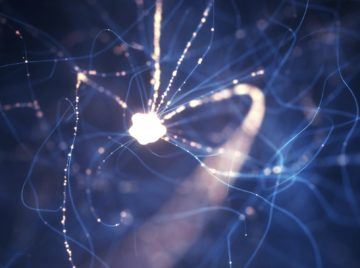 Our mushy brains seem a far cry from the solid silicon chips in computer processors, but scientists have a long history of comparing the two. As Alan Turing
Our mushy brains seem a far cry from the solid silicon chips in computer processors, but scientists have a long history of comparing the two. As Alan Turing 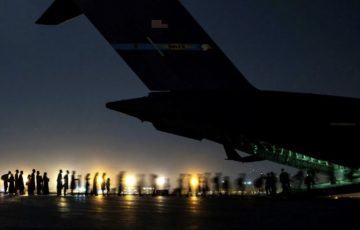 A little over half a century ago, in 1970, my mother’s parents took her to Kabul to shop for her wedding. From Lahore, Kabul was only a short flight or a long drive away, much closer than Karachi. It was the first time my mother had left Pakistan.
A little over half a century ago, in 1970, my mother’s parents took her to Kabul to shop for her wedding. From Lahore, Kabul was only a short flight or a long drive away, much closer than Karachi. It was the first time my mother had left Pakistan.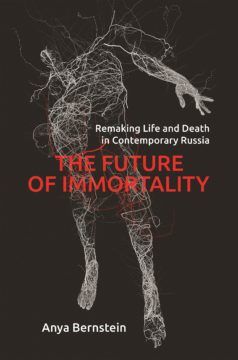 A
A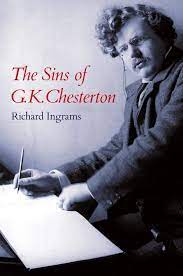 The title of this book is a surprise. Chesterton’s admirers have regarded him as a saintly figure; indeed he has been proposed for canonisation. Even those, like Bernard Shaw and H G Wells, who engaged in fierce argument with him regarded him with affection. He was a master of paradox whose sincerity was nevertheless rarely questioned. Orwell’s complaint that everything Chesterton wrote was intended to demonstrate the superiority of the Catholic Church was nonsense, and not only because he didn’t convert until 1922, when he was forty-eight, by which time he had, as Richard Ingrams observes, written his best books. It would be truer, though still an exaggeration, to say that everything he wrote was intended to demonstrate the good sense of the ordinary man. He might well, like a certain Tory politician today, have said we have had enough of experts.
The title of this book is a surprise. Chesterton’s admirers have regarded him as a saintly figure; indeed he has been proposed for canonisation. Even those, like Bernard Shaw and H G Wells, who engaged in fierce argument with him regarded him with affection. He was a master of paradox whose sincerity was nevertheless rarely questioned. Orwell’s complaint that everything Chesterton wrote was intended to demonstrate the superiority of the Catholic Church was nonsense, and not only because he didn’t convert until 1922, when he was forty-eight, by which time he had, as Richard Ingrams observes, written his best books. It would be truer, though still an exaggeration, to say that everything he wrote was intended to demonstrate the good sense of the ordinary man. He might well, like a certain Tory politician today, have said we have had enough of experts.
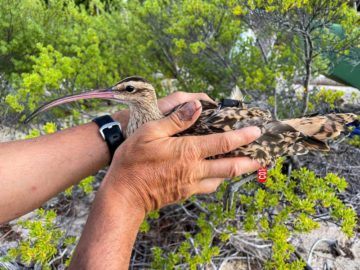 Five years ago, French navy officer Jérôme Chardon was listening to a radio program about the extraordinary journey of the bar-tailed godwit, a bird that migrates 14,000 kilometers between New Zealand and Alaska. In his job as the coordinator of rescue operations across Southeast Asia and French Polynesia, Chardon understood better than most how treacherous the journey would be, as ferocious storms frequently disrupt Pacific island communities. Yet, somehow, bar-tailed godwits routinely pass through the area unscathed. Chardon wondered whether learning how godwits navigate could help coastal communities avoid disaster. Could tracking birds help save lives?
Five years ago, French navy officer Jérôme Chardon was listening to a radio program about the extraordinary journey of the bar-tailed godwit, a bird that migrates 14,000 kilometers between New Zealand and Alaska. In his job as the coordinator of rescue operations across Southeast Asia and French Polynesia, Chardon understood better than most how treacherous the journey would be, as ferocious storms frequently disrupt Pacific island communities. Yet, somehow, bar-tailed godwits routinely pass through the area unscathed. Chardon wondered whether learning how godwits navigate could help coastal communities avoid disaster. Could tracking birds help save lives?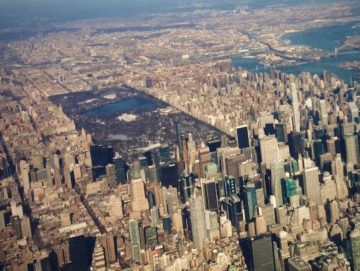 I live on an island. It happens to be a rather densely populated island, with a surface that seems largely covered by steel, masonry, glass, and architectural curtain wall, with nary a coconut or palm tree in sight. Still, it’s an island.
I live on an island. It happens to be a rather densely populated island, with a surface that seems largely covered by steel, masonry, glass, and architectural curtain wall, with nary a coconut or palm tree in sight. Still, it’s an island.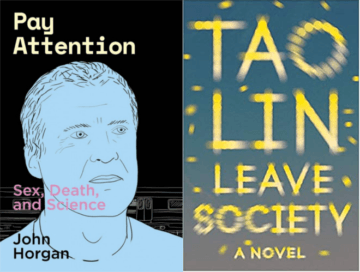
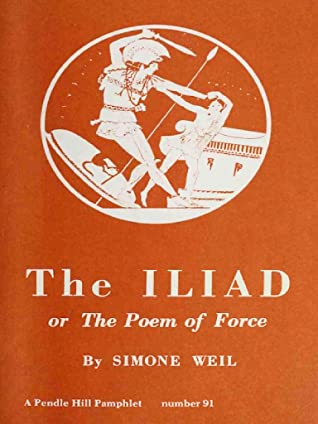 “The Iliad, or The Poem of Force” is a now-canonical lyrical-critical essay by the French anarchist and Christian mystic, Simone Weil. In it, Weil critiques the
“The Iliad, or The Poem of Force” is a now-canonical lyrical-critical essay by the French anarchist and Christian mystic, Simone Weil. In it, Weil critiques the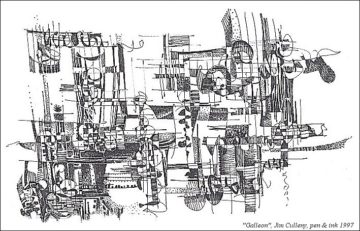
 In the late 1960s and early 70s, Pocatello, Idaho, was one of the fastest growing towns in the United States. It was, and still is, a bland little place in the arid montane region of the American West. I don’t know why it mushroomed then; it has since stagnated and even shrunk. Nevertheless, the summer I turned four, my family was one among many who moved to reside there. Our little red brick house, still unfinished on the day we moved in, was the last house at the end of a newly laid street, still half-empty of houses. Our street stretched like a solitary finger into a kind of wilderness, an austere, high-desert landscape that surrounded our foundling residential colony. From my vantage as a child, preoccupied with the flowers, spiders, and thistles that stuck to my socks, I would see this place transformed.
In the late 1960s and early 70s, Pocatello, Idaho, was one of the fastest growing towns in the United States. It was, and still is, a bland little place in the arid montane region of the American West. I don’t know why it mushroomed then; it has since stagnated and even shrunk. Nevertheless, the summer I turned four, my family was one among many who moved to reside there. Our little red brick house, still unfinished on the day we moved in, was the last house at the end of a newly laid street, still half-empty of houses. Our street stretched like a solitary finger into a kind of wilderness, an austere, high-desert landscape that surrounded our foundling residential colony. From my vantage as a child, preoccupied with the flowers, spiders, and thistles that stuck to my socks, I would see this place transformed. The chill in the early morning air hinted of autumn, yet the intensity of the rising sun promised summer heat. Black Tupelo and Red Maple leaves teased memories of fall with premature wisps of yellow and orange. The sky was a depthless cobalt blue, its crystallinity making everything and everyone shimmer. It makes sense that the stunning weather on that particular morning should become a shared referent for our collective dissonance, a common denominator of terror, mourning, and remembrance spanning two decades.
The chill in the early morning air hinted of autumn, yet the intensity of the rising sun promised summer heat. Black Tupelo and Red Maple leaves teased memories of fall with premature wisps of yellow and orange. The sky was a depthless cobalt blue, its crystallinity making everything and everyone shimmer. It makes sense that the stunning weather on that particular morning should become a shared referent for our collective dissonance, a common denominator of terror, mourning, and remembrance spanning two decades. Margot Livesey’s The Boy in the Field is a mystery novel in the broadest sense of that literary term. Yes, the novel begins with the discovery of a crime, and the perpetrator remains at large for most of the narrative. Yet the “what happened next” of a standard mystery novel concentrates on the three siblings who came upon the victim lying in a field, the reverberations of that event on their young lives, and of the family they are a part of. “Mystery” can reside within all of us, to locate or evade, and that is the deeper reveal that Livesey hunts for in this wise and haunting book.
Margot Livesey’s The Boy in the Field is a mystery novel in the broadest sense of that literary term. Yes, the novel begins with the discovery of a crime, and the perpetrator remains at large for most of the narrative. Yet the “what happened next” of a standard mystery novel concentrates on the three siblings who came upon the victim lying in a field, the reverberations of that event on their young lives, and of the family they are a part of. “Mystery” can reside within all of us, to locate or evade, and that is the deeper reveal that Livesey hunts for in this wise and haunting book.
